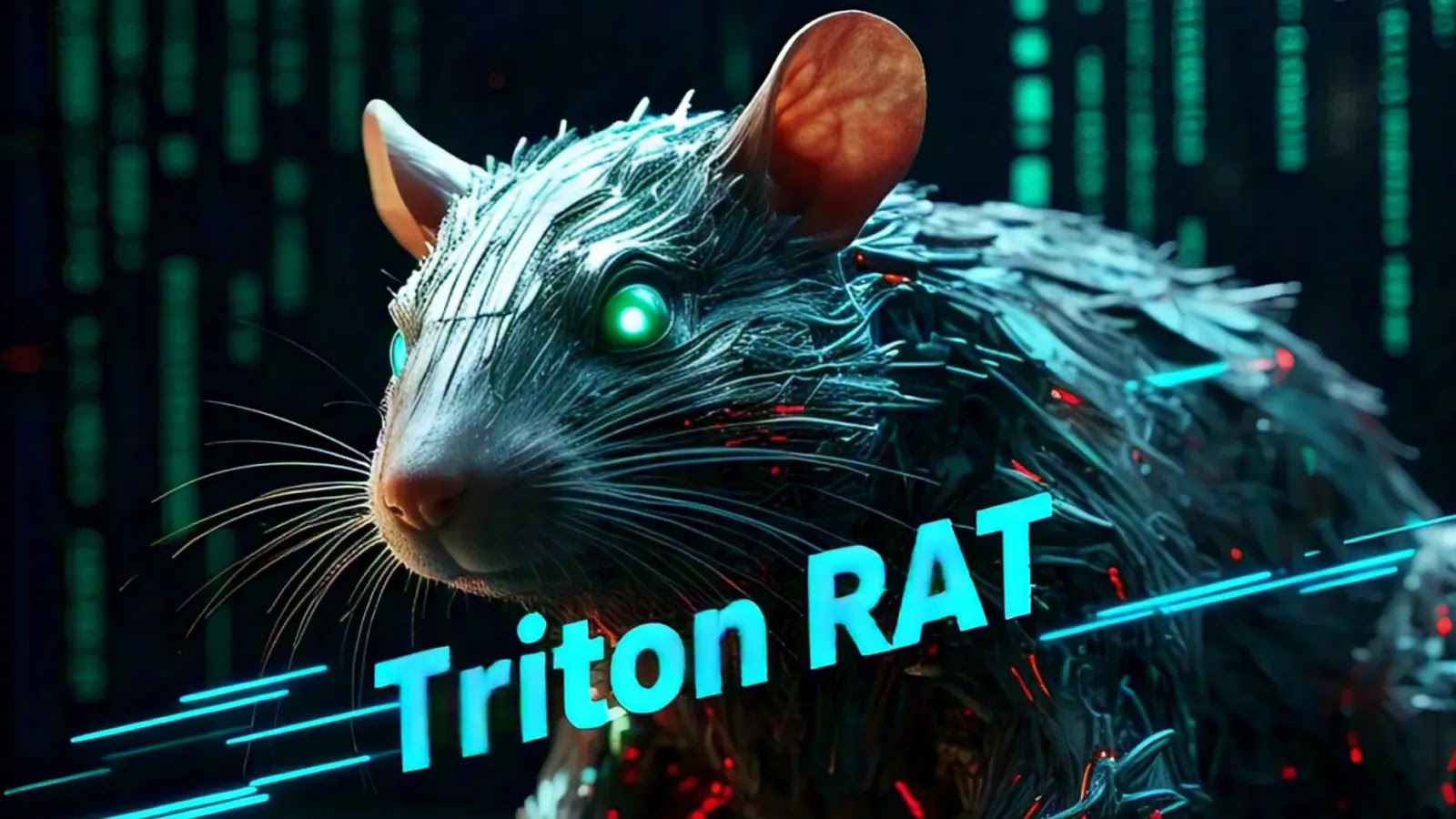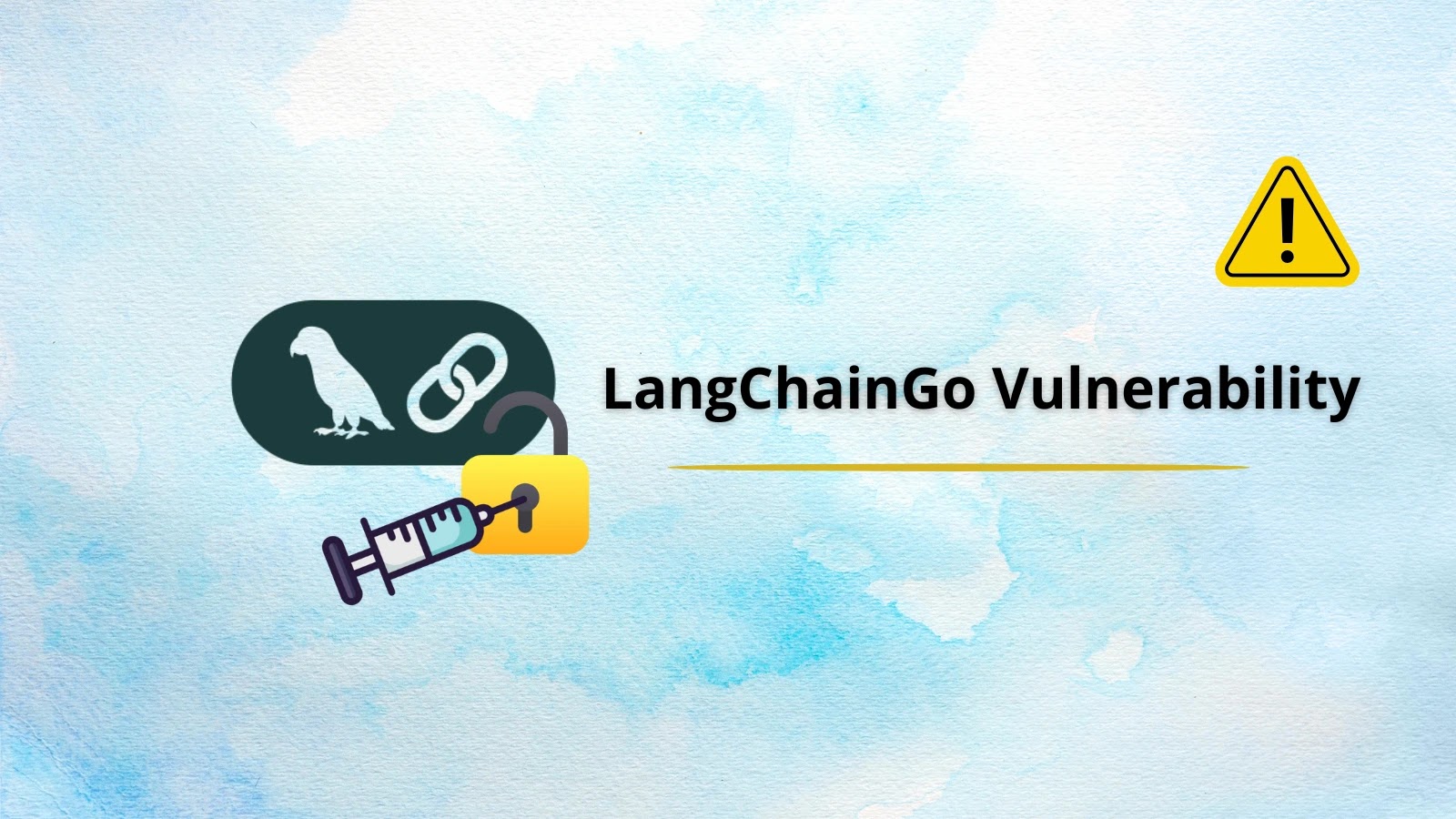A sophisticated Python-based Remote Access Trojan (RAT) known as Triton has recently emerged, posing a significant threat by utilizing Telegram as its command and control (C&C) infrastructure. This malware enables attackers to remotely access and control compromised systems, with a particular focus on harvesting Roblox credentials and security cookies that can bypass two-factor authentication.
Infection Mechanism and Initial Access
Triton RAT initiates its operation by retrieving its Telegram Bot token and chat ID from Pastebin through Base64-encoded URLs, establishing a covert communication channel. This method allows the malware to communicate with its operators discreetly, evading traditional detection mechanisms.
The initial infection vector often involves social engineering techniques, where victims are tricked into executing malicious files disguised as legitimate software or documents. Once executed, Triton deploys its payload, embedding itself within the system to maintain persistent access.
Comprehensive System Control Capabilities
Upon successful deployment, Triton RAT offers a wide array of functionalities that grant attackers extensive control over the infected system. These capabilities include:
– Keylogging: Recording all keystrokes made by the user, allowing attackers to capture sensitive information such as passwords and personal messages.
– Password Theft: Extracting saved credentials from various web browsers, including Chrome, Brave, and Firefox.
– Screen Recording and Webcam Access: Capturing visual data from the user’s screen and webcam, enabling attackers to monitor activities in real-time.
– Clipboard Data Exfiltration: Accessing and transmitting data copied to the clipboard, which may include sensitive information.
These features make Triton particularly dangerous in targeted attacks, as it provides attackers with comprehensive surveillance and data exfiltration capabilities.
Targeting Roblox Security Cookies
A notable aspect of Triton’s functionality is its specific targeting of Roblox security cookies, known as .ROBLOSECURITY tokens. These tokens are extracted from the profiles of supported browsers, including Chrome, Brave, and Firefox. By obtaining these cookies, attackers can hijack Roblox sessions, potentially bypassing two-factor authentication and gaining unauthorized access to user accounts.
Data Collection and Transmission
In addition to credential theft, Triton RAT collects extensive system information, including hardware specifications, network configurations, and user account details. All collected data is efficiently transmitted to the attacker via Telegram, allowing for real-time monitoring and control of the compromised system.
Persistence Mechanisms and Anti-Analysis Techniques
To maintain persistent access, Triton employs sophisticated tactics:
– Scheduled Tasks and Scripts: The malware generates a VBScript file named updateagent.vbs that disables Windows Defender and creates scheduled tasks. Additionally, a BAT script check.bat retrieves a binary named ProtonDrive.exe from Dropbox, which is stored in a hidden folder and executed with administrator privileges.
– Anti-Analysis Measures: Triton checks for blacklisted processes, including debugging tools and antivirus products, demonstrating its creators’ intent to evade detection while maintaining control over compromised systems.
Implications and Recommendations
The emergence of Triton RAT underscores the evolving tactics of cybercriminals who leverage legitimate platforms like Telegram for malicious purposes. By utilizing Telegram’s encrypted communication channels, attackers can effectively manage and control malware operations while evading traditional detection methods.
To mitigate the risks associated with Triton RAT and similar threats, it is recommended that users and organizations:
– Exercise Caution with Unsolicited Communications: Be wary of emails or messages from unknown sources, especially those containing attachments or links.
– Implement Robust Security Measures: Utilize comprehensive security solutions that can detect and prevent malware infections, including endpoint protection and network monitoring tools.
– Regularly Update Software: Ensure that all operating systems, applications, and security software are up to date with the latest patches and updates.
– Educate Users: Provide training on recognizing phishing attempts and the importance of not executing unknown files or clicking on suspicious links.
By adopting these practices, individuals and organizations can enhance their defenses against Triton RAT and other similar cyber threats.



